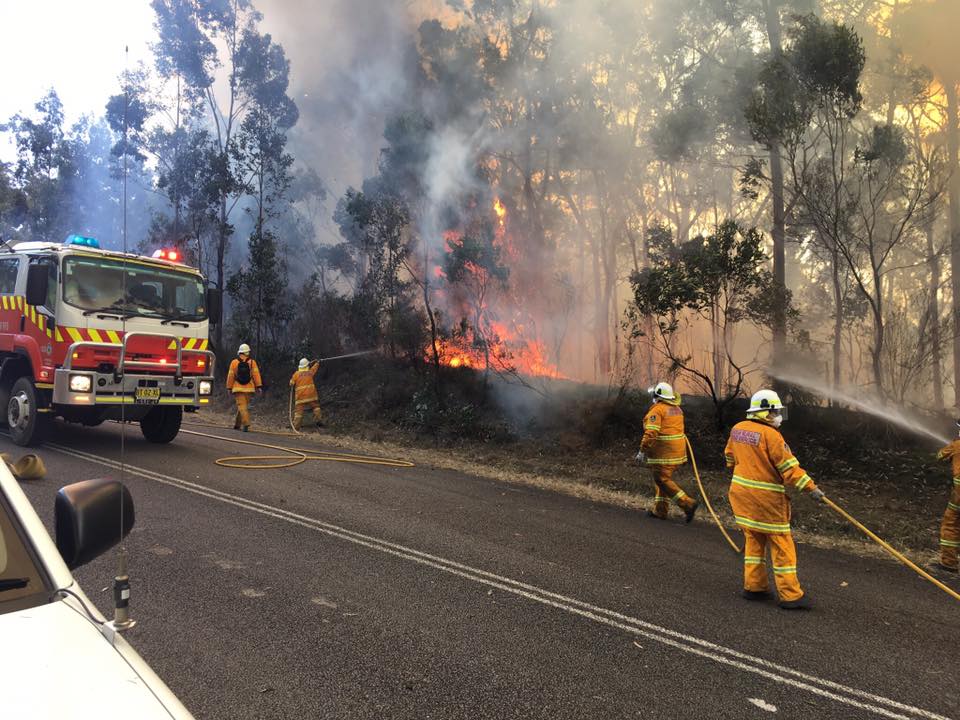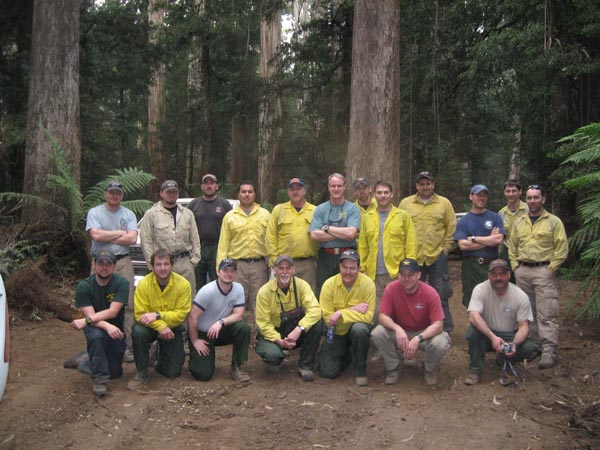Above: Mercedes Benz G-wagon fire engine. Photo by Victoria Department of Environment, Land, Water and Planning
In the last week two reports have been released about serious accidents involving U.S. Forest Service fire engines. One was a rollover and the other was an engine that was hit by a falling tree. Rollovers of wildland engines are common. We have assigned the “rollover” tag to 48 articles on Wildfire Today. There were two fairly minor injuries in the most recent rollover and none in the tree strike incident. Other rollovers have been much more serious.
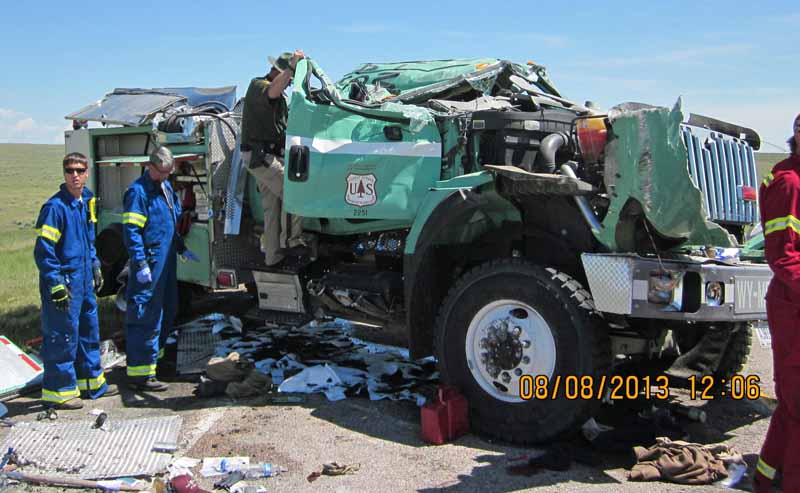
Some of the newer USFS engines have what the manufacturer calls a “Rear Cab Protection Rack (headache rack)”, a roll bar behind the cab, but in spite of this, the cab of the recent rollover was partially crushed, making it a challenge for the three occupants to climb out of the damaged side window.
The Australians have been more forward-thinking than their US counterparts when it comes to providing for the safety of the firefighters that work with engines. Many of the trucks have spray bars that provide a water curtain around the cab which can be activated if the crew is entrapped in a fire. Some of them also have substantial rollover protection systems that prevent the passenger compartment from being crushed in a rollover.
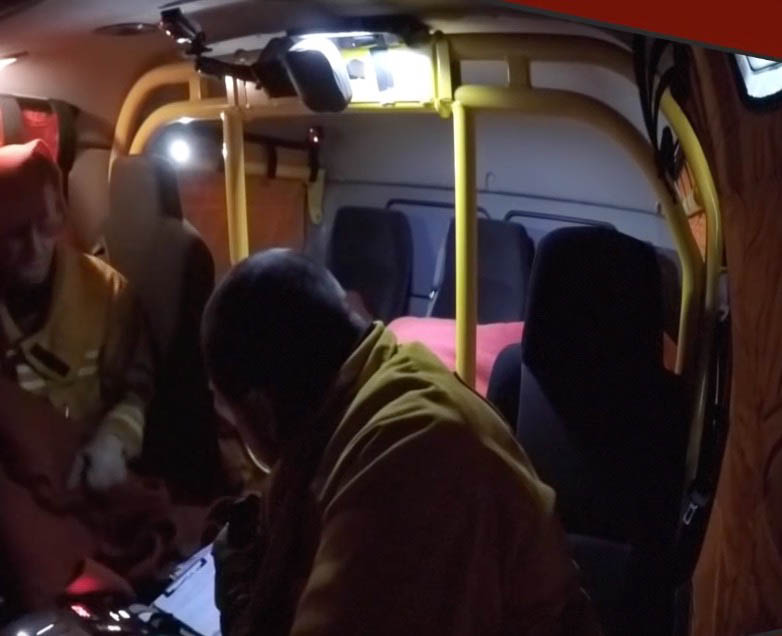
Three years ago in Victoria, Australia two firefighters were killed at Harrietville when their fire engine was struck by a falling tree. The next year the Department of Environment, Land, Water and Planning began acquiring the first of dozens of new Mercedes-Benz G-wagon fire engines.
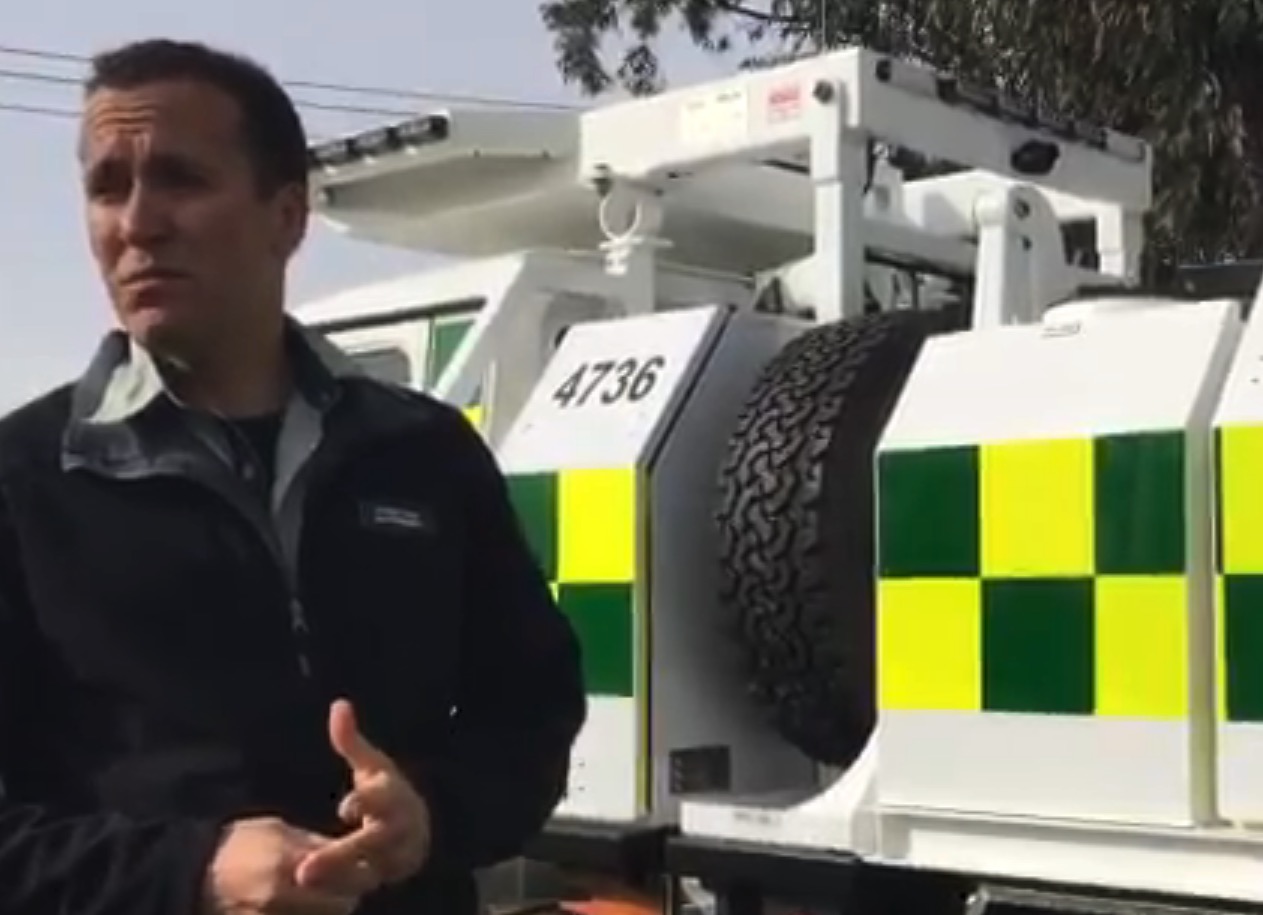
Ready for summer: @DELWP_Vic has launched its new G-wagon firefighting vehicle. @bordermail pic.twitter.com/omwfxAVQ06
— Shana Morgan (@shana_morgan) August 12, 2016
The new trucks have a superstructure suspended horizontally over the cab that should minimize injuries to the crew in case of a falling tree. It appears that it would also offer rollover protection for the occupants.
We have often suggested that the wildland fire agencies in the United States fund research conducted by engineers to determine how to prevent the passenger compartments in their fire engines from collapsing in accidents. The Aussies have it covered, so to speak.



